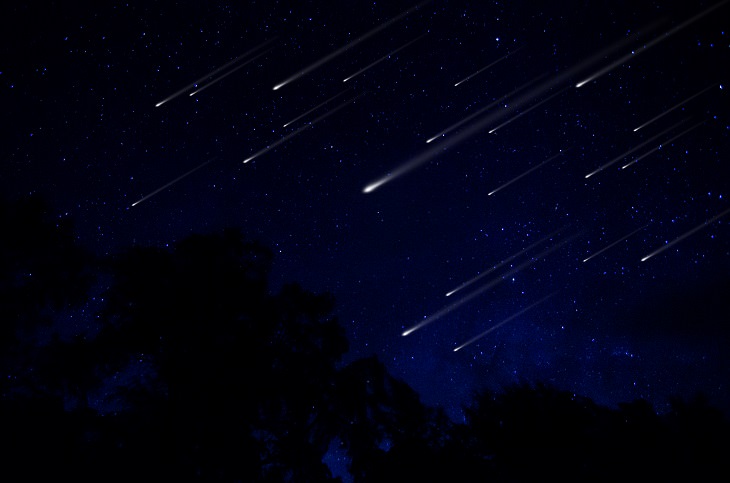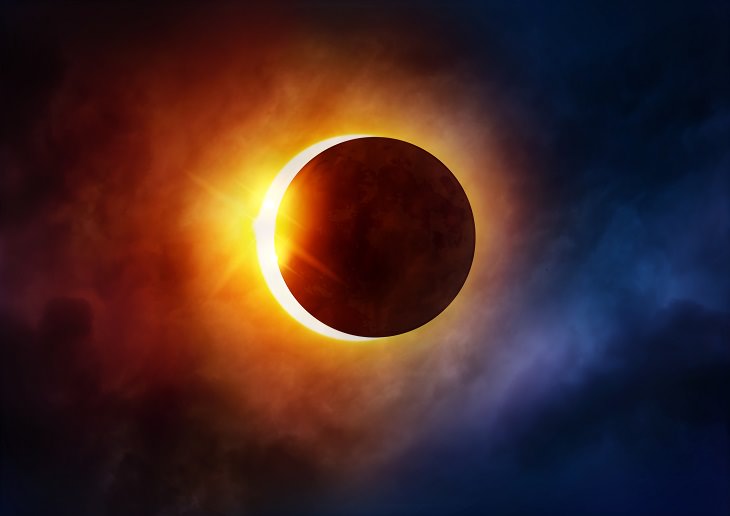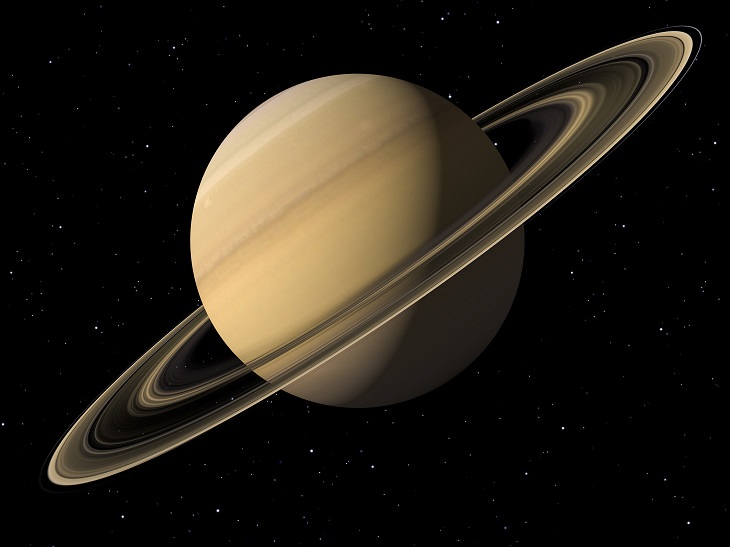If You're a Fan of Space, 2017 Will be the Year for You!
2016
is nearly over and it's time that we started looking forward to 2017 -
if you're a fan of all things Space, 2017 should be incredibly exciting
for you. From meteor showers to eclipses to epic space missions and
more, next year is definitely one to be looking forward to, or, perhaps
more fittingly, up to.
1. Quadrantids Meteor Shower

Start the New Year with a meteor
shower on the night of the 3rd/4th January thanks to the debris tail
from asteroid 2003 EH1. The rocks that have crumbled off the asteroid as
it passes earth will burn up in our atmosphere and appear as shooting
stars.
This show will originate in the constellation of the Big Dipper, meaning that it will be best enjoyed by Northern Hemisphere observers.
The moon will only be partially illuminated which means that it will not outshine the 100 or more shooting stars that are expected every hour.
2. Juno Explores Jupiter
Exploring one of the most dangerous places in the solar system is ambitious enough, but to do it 37 times seems a bit insane, yet that is exactly what NASA's Juno mission is planning to do next year.
It entered the orbit around Jupiter in early July this year and it has already started to reveal what it is like beneath the clouds that make up the Gas Giant. As it skims underneath extremely toxic radiation belts around Jupiter, we will get unrivaled and brilliant close-up images of the structure and chemical composition of the planet.
This show will originate in the constellation of the Big Dipper, meaning that it will be best enjoyed by Northern Hemisphere observers.
The moon will only be partially illuminated which means that it will not outshine the 100 or more shooting stars that are expected every hour.
2. Juno Explores Jupiter
Exploring one of the most dangerous places in the solar system is ambitious enough, but to do it 37 times seems a bit insane, yet that is exactly what NASA's Juno mission is planning to do next year.
It entered the orbit around Jupiter in early July this year and it has already started to reveal what it is like beneath the clouds that make up the Gas Giant. As it skims underneath extremely toxic radiation belts around Jupiter, we will get unrivaled and brilliant close-up images of the structure and chemical composition of the planet.
3. Great American Eclipse

This will take place on the 21st
August, and totality (the complete eclipsing of the Sun by the Moon)
will be visible along a narrow band that stretches across the US.
In anticipation for this spectacular event, NASA has created an accurate model for the eclipse path - which you can see here.
You can find out the best observing times for your location from here.
The Kepler Spacecraft has revealed to us thousands of alien worlds and, in 2017, NASA will launch their successor mission TESS (Transiting Exoplanet Survey Satellite).
Targeting over 200,000 stars across the sky, TESS hopes to locate 500 Earth-sized worlds. Crucially, these alien worlds will be much closer to Earth than the planets which were found by Kepler, meaning that Earth-based telescopes should be able to measure the contents of their atmosphere and see if there is a possibility for life as we know it.
5. China's Mission to the Moon
China will carry out a sample return mission to the Moon next year. Their aim is to collect and bring back to earth 2 kilograms of lunar regolith.
If they are successful, this will be the first time that material has been returned from the moon since Apollo 17 over 45 years ago.
In anticipation for this spectacular event, NASA has created an accurate model for the eclipse path - which you can see here.
You can find out the best observing times for your location from here.
- Advertisement -
4. Tess to LaunchThe Kepler Spacecraft has revealed to us thousands of alien worlds and, in 2017, NASA will launch their successor mission TESS (Transiting Exoplanet Survey Satellite).
Targeting over 200,000 stars across the sky, TESS hopes to locate 500 Earth-sized worlds. Crucially, these alien worlds will be much closer to Earth than the planets which were found by Kepler, meaning that Earth-based telescopes should be able to measure the contents of their atmosphere and see if there is a possibility for life as we know it.
5. China's Mission to the Moon
China will carry out a sample return mission to the Moon next year. Their aim is to collect and bring back to earth 2 kilograms of lunar regolith.
If they are successful, this will be the first time that material has been returned from the moon since Apollo 17 over 45 years ago.
6. Grand Finale around Saturn

Next year, on the 15th
September, the Cassini spacecraft which has been encircling Saturn for
the past 20 years will burn up into the planet's atmosphere. This will
mark the end of a highly valuable scientific mission and one that will
reach new heights by the time its Grand Finale tour (which started on the 30th November 2016) has come to an end.
This final tour will explore a region which has never been explored before, and with over 20 dives between Saturn's ring and cloud tops, it will unveil some of the planet's most hidden contents.
7. Geminids Meteor Shower
We will start the year with a meteor shower, so we might as well end the year with one too. Asteroid 3200 Phaeton will pass through earth's atmosphere in the early hours of December 14th (visible anytime after midnight of the 13th December).
This will be visible for most of the world and, since the new moon will be just a matter of days away, it will be dark enough to see almost all of the 120 shooting stars that are expected each hour.
Source: sciencealert
Photos: depositphotos
This final tour will explore a region which has never been explored before, and with over 20 dives between Saturn's ring and cloud tops, it will unveil some of the planet's most hidden contents.
May also interest you:
We will start the year with a meteor shower, so we might as well end the year with one too. Asteroid 3200 Phaeton will pass through earth's atmosphere in the early hours of December 14th (visible anytime after midnight of the 13th December).
This will be visible for most of the world and, since the new moon will be just a matter of days away, it will be dark enough to see almost all of the 120 shooting stars that are expected each hour.
Source: sciencealert
Photos: depositphotos

No comments:
Post a Comment